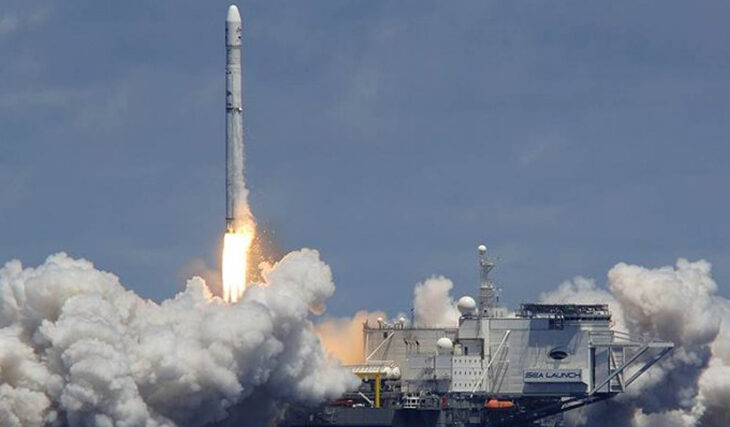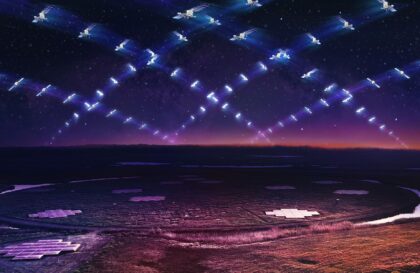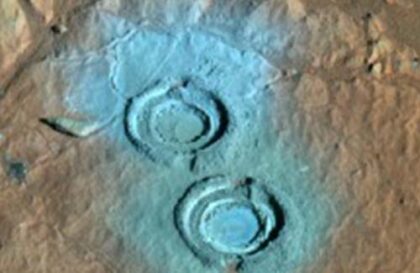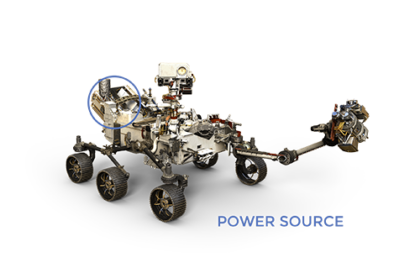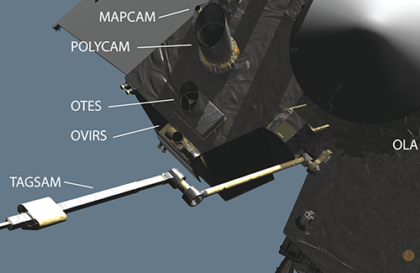Past rocket launches have used government agencies, but the emergence of private space companies has significantly increased their number. While most of these rockets are focused on placing satellites in orbit, some, such as the Russian Soyuz, concentrate on delivering astronauts. The American Dragon from SpaceX and Starliner from Boeing CST-100 can also send people to orbital stations. At the same time, Virgin Galactic and Blue Origin offer short suborbital flights for space tourists. SpaceX and Blue Origin can return their rockets to Earth for further reuse.
But the story began with the DAZ-150 car.
Historical reference
Founded in 1944, Yuzhmash was initially planned as a plant for the production of automobiles. Just four years later, DAZ-150 cars began plying on the roads of Dnepropetrovsk, now known as Dnepr.
However, in 1951, the plant switched to the aerospace industry, and by 1954, it began creating strategic ballistic missiles. The R-12 Sandal missile, developed at Yuzhmash, became the most popular in the USSR arsenal, and then production of the R-14 began, the most potent single-stage missile in the world at that time.
From the 60s onwards, Yuzhmash became a source of unique space rockets and satellites. Among the most famous products are the R-36 missiles, the most powerful in the world at their creation, and the individual SS-18 missile systems, known as “Satan” and SS-24, which still have no analogs.
The Satan, or SS-18, became a legend, capable of delivering 16 warheads over 10,000 kilometers—roughly the same distance as from Kyiv to New York.
Yuzhmash produces the main structure of the 1st stage of the American Antares launch vehicle.
The plant developed 13 types of military and 7 civilian space rockets.
The plant operated in the aerospace sector from 1951 to the 1990s under strict secrecy, and the city was closed to foreigners. As a cover, tractors and household appliances were also produced here.
The most famous Yuzhmash rockets
R-12 “Dvina” or SS-4 “Sandal” missile
The R-12 missile was deployed in 1958 and is designed to destroy area targets of about 100 sq. km with a 1 Mt thermonuclear warhead. The deviations of the impact point at a maximum range of 2000 km were 1100 m in span and 600 m in direction. The single-stage rocket has aluminum-magnesium fuel tanks and a flight stabilization system. The RD-214 engine thrusts 60 tons using nitric acid, igniting kerosene with a unique starting fuel. A traction control system is used for precise movement along a given trajectory.
The total pre-launch preparation time they reached 3 hours.
In response to the deployment of American Jupiter missiles in Turkey, the Soviet Union transferred 36 R-12 systems to Cuba during the Cuban Missile Crisis. By the end of October 1961, half of them were ready for activation. This event was necessary because Soviet missiles needed 25 minutes to retaliate, while Jupiter could hit the USSR in 10 minutes.
Missile systems SS-18 “Satan”
The R-36M missile, known as the SS-18 “Satan” by NATO, is a two-stage missile launched using the mortar method. The rocket is pushed out of the container by the pressure created by the powder accumulators, and the engine starts after leaving the silo. It can be equipped with different types of warheads.
The first stage uses RD-264 engines on a self-igniting fuel consisting of unsymmetrical dimethylhydrazine and dinitrogen tetroxide. Control is carried out by two on-board computers, ensuring high accuracy.
The missile control system operates automatically and is activated by commands with a code key, which eliminates unauthorized launch.
The missile has high firing accuracy – the probable circular deviation of the warheads was only 430 m with a launch range of up to 18 thousand kilometers.
The first missile regiment with Satan missiles went on duty in 1974.
Rocket launchers “Zenit3SL” for “Sea Launch”
Zenit-3SL is a launch vehicle used in the Sea Launch project since 1999. Of the 36 launches, three were unsuccessful. The launches are carried out from the Odyssey platform in the Pacific Ocean about 370 km east of Christmas Island. Since 2018, the platform has been owned by the Russian S7 Group.
The rocket’s first stage is equipped with a powerful RD-171M engine with a thrust of 740 tons, and the second with an RD-120 engine with a thrust of 93 tons.
The project was suspended after several launch failures, including the 2007 explosion of the SES New Skies communications satellite NSS-8 and the loss of the rocket and Intelsat-27 spacecraft in 2013.
Image credit:
https://metallurgprom.org
https://rvsn.ruzhany.info
https://topwar.ru
https://topwar.ru
https://habr.com
